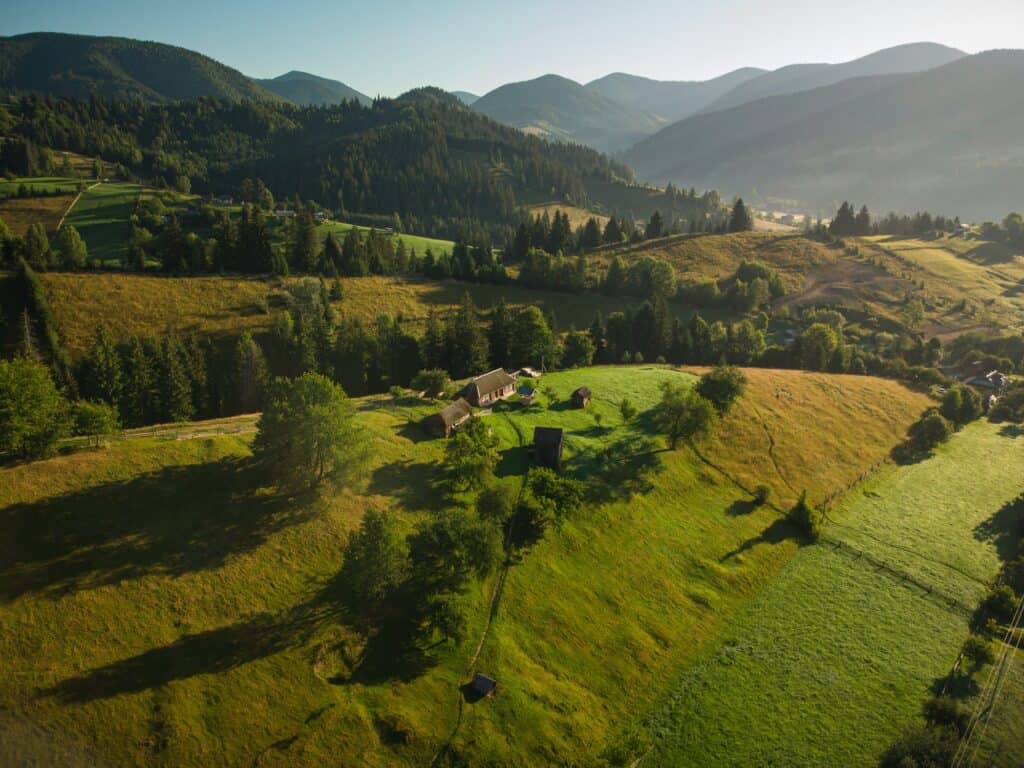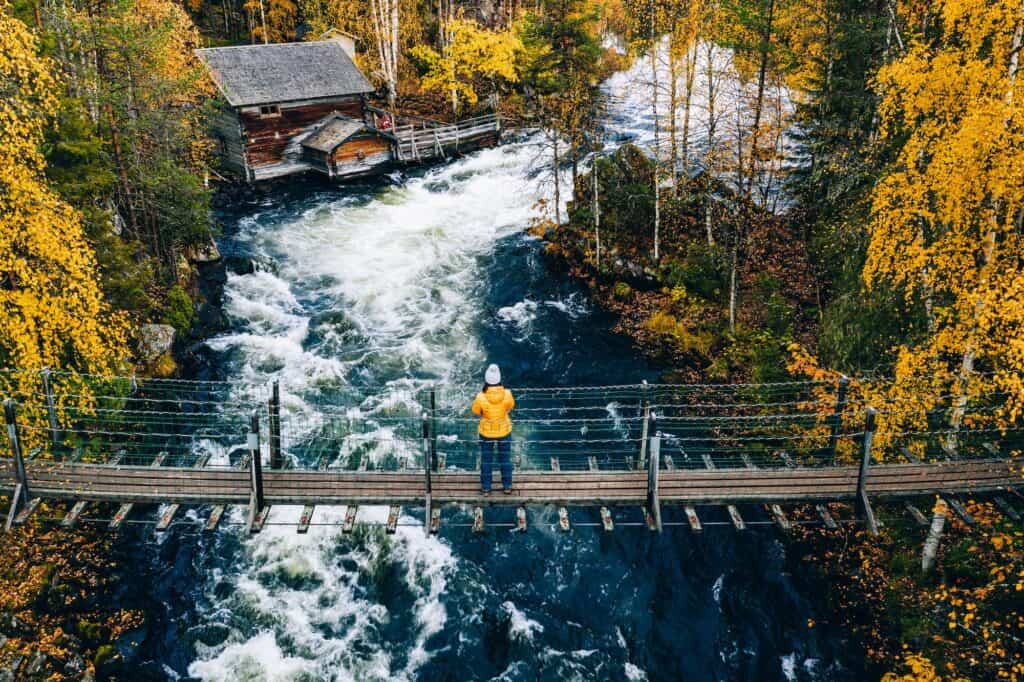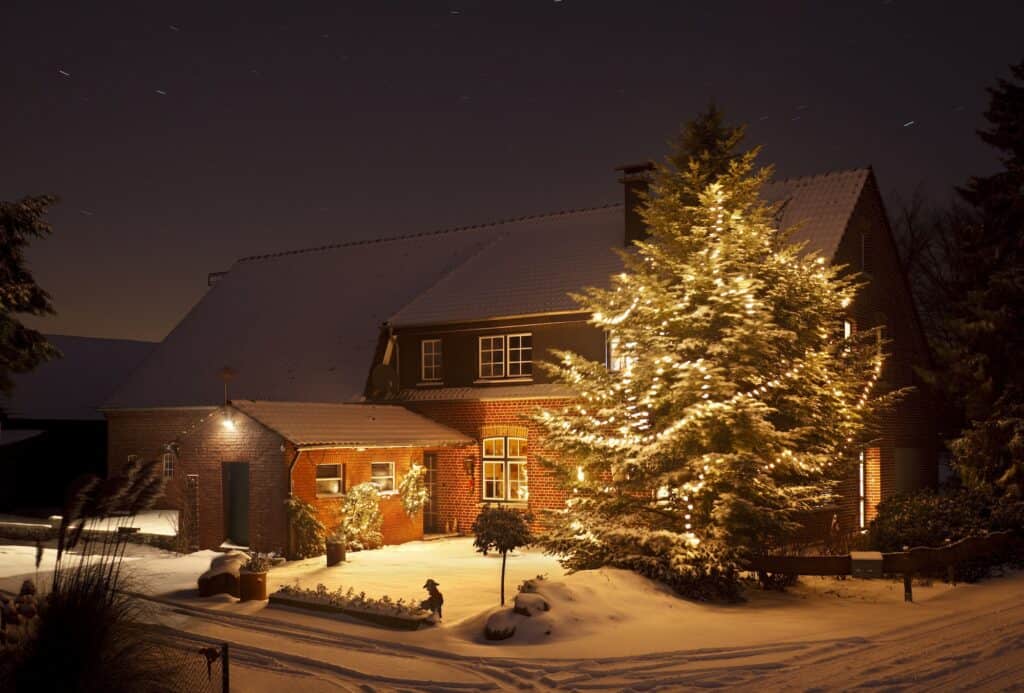
Spring:
Spring is the perfect time to start thinking about outdoor plumbing. As the weather warms up, you’ll want to check your outdoor faucets and hose bibs for leaks and damage. Any leaks or drips should be repaired immediately to prevent water waste and potential damage to your home’s foundation. It’s also a good idea to turn on your outdoor faucets and let them run for a few minutes to clear out any debris that may have accumulated over the winter.

Summer:
Summer is the time when most people use their plumbing the most. With warmer weather, people tend to take more showers, do more laundry and run their dishwashers more often. This increase in usage can put a strain on your plumbing system, so it’s important to keep an eye on things. If you notice low water pressure or slow drains, it may be a sign that your pipes are clogged. You can try using a plunger or a snake to remove the blockage, but if the problem persists, it’s best to call a plumber.
Another thing to watch out for in the summer is water usage. With more people at home, water usage tends to increase, which can put a strain on your septic system or city water supply. To prevent this, make sure to conserve water by fixing leaks, taking shorter showers, and using water-saving appliances.

Fall:
As the weather starts to cool down in the fall, it’s important to start thinking about winterizing your plumbing. One of the most important things you can do is to insulate your pipes. Exposed pipes are more likely to freeze in the winter, which can cause them to burst and cause significant damage to your home. You can purchase pre-cut pipe insulation at your local hardware store, or have a professional plumber do it for you.
Another important step in winterizing your plumbing is to drain your outdoor faucets and hose bibs. Any water left in these fixtures can freeze and cause them to burst. To drain them, simply turn off the water supply and open the faucet to allow any remaining water to escape.

Winter:
Winter is the time of year when your plumbing is most at risk for freezing. As temperatures drop, the water in your pipes can freeze, causing them to expand and potentially burst. To prevent this, make sure to keep your home warm, even in unheated areas such as the garage or basement. You can also open cabinet doors to allow warm air to circulate around your pipes.
If you’re going to be away from home for an extended period of time, it’s a good idea to leave your heat on and set to a low temperature. This will help prevent your pipes from freezing.
Another important tip for the winter is to be aware of the signs of a frozen pipe. If you notice a decrease in water pressure or no water coming out of a faucet, it may be a sign that your pipes are frozen. If you suspect that your pipes are frozen, turn off the water supply and call a plumber immediately.
In conclusion, plumbing is an essential part of any home and it’s important to keep it in good working order year-round. By following these seasonal plumbing tips, you can help prevent problems before they occur, and ensure that your plumbing is functioning properly all year long.





